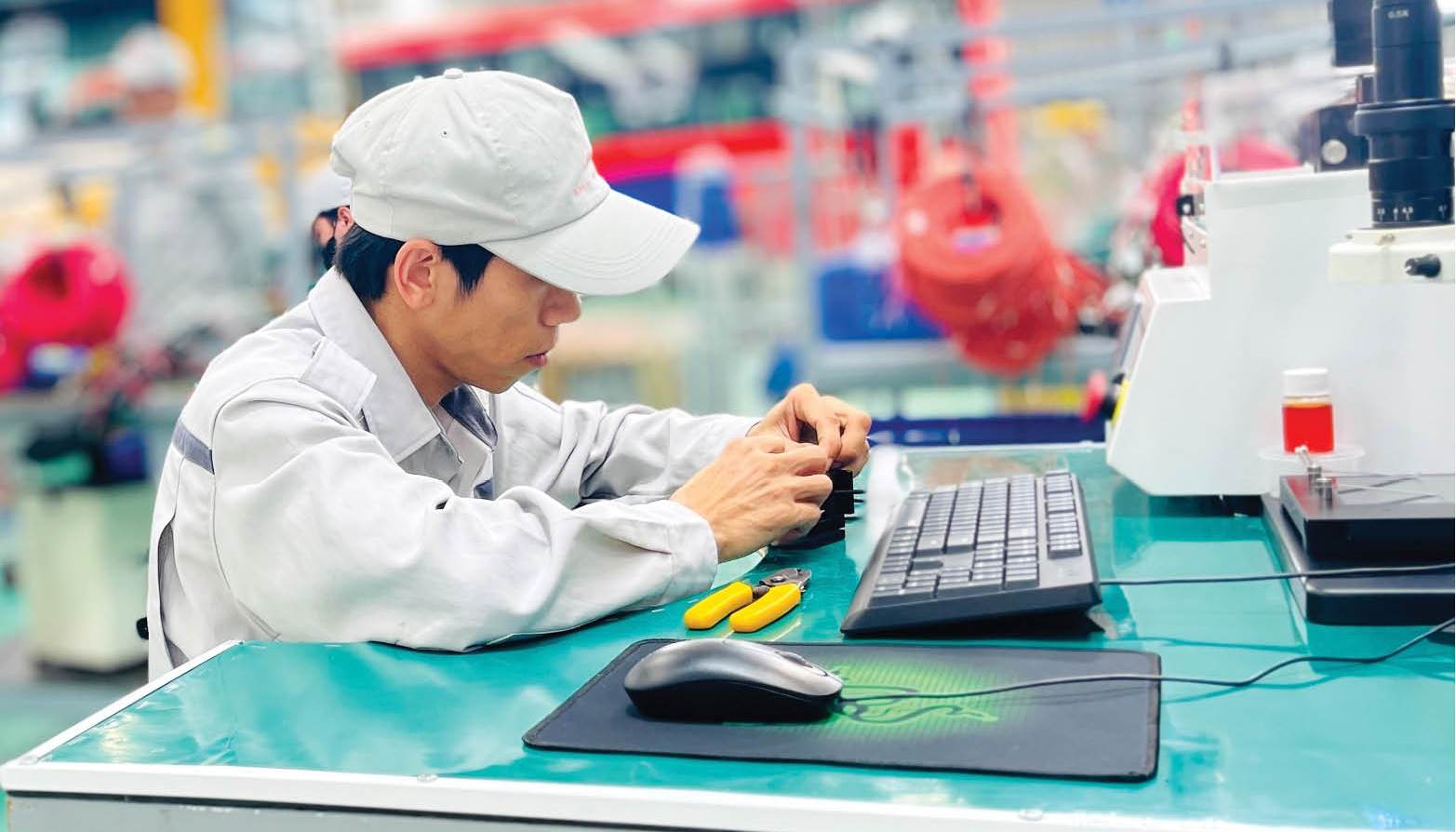 |
| Workers of Kim Long Motor Hue Joint Stock Company check raw materials. |
Human resource gap
Hue recorded positive figures in all fields, typically the production index and industrial production value increased year by year. Some industries made a strong impression, especially the automobile industry, a field that is considered to only exist in large industrial centers such as Ho Chi Minh City or Hai Phong. The textile, fiber, and processed food industries also grew steadily, contributing to bringing Hue industry closer to a more modern production chain. However, behind these impressive figures are concerns about human resources, especially skilled technical staff and the ability to access new technology.
According to a survey of industrial parks in the area, up to 42% of enterprises said they had difficulty recruiting technical workers to meet job requirements. Difficulties arise due to a lack of skilled workers, from operating automated systems, mastering digital technology to the ability to use foreign languages in a multinational working environment. Enterprises want to expand but are worried about not being able to find suitable human resources. This is a paradox when considering the role of training, which is considered a strength of Hue.
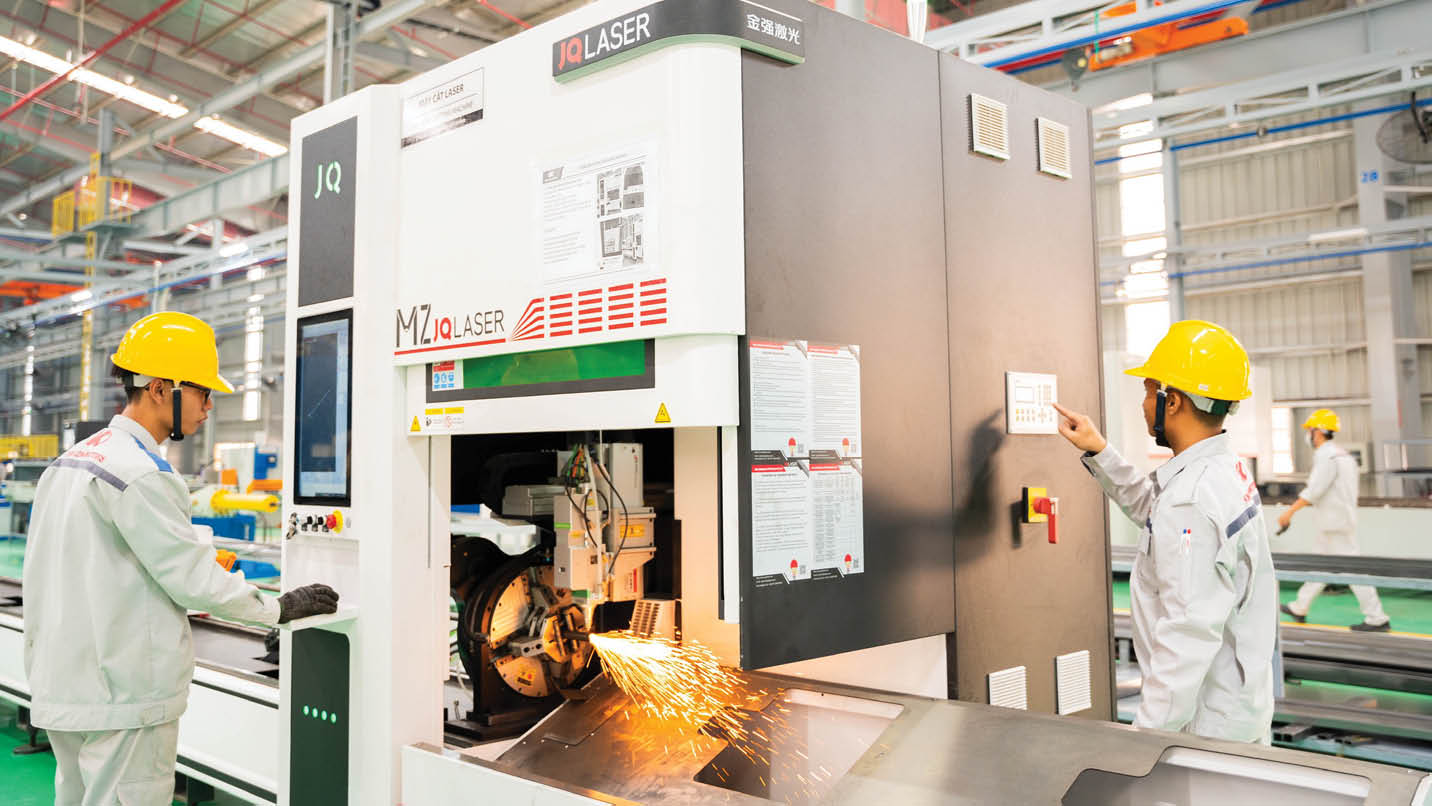 |
| Operating equipment at Kim Long Motor Hue auto assembly plant |
Deputy General Director of Hue Textile and Garment Joint Stock Company, Mr. Nguyen Tien Hau said: The local labor force is currently mainly unskilled or low-skilled. Meanwhile, recruiting highly skilled human resources who are capable of operating modern machinery and equipment to meet production requirements in the digital age is not easy. “Recruiting local garment workers is not difficult, but finding a technical staff proficient in modern technology is another matter,” Mr. Hau shared.
Hue is a major education and training center of the Central Highlands, with the Hue University system and many colleges and technical secondary schools. Every year, these schools provide the labor market with thousands of bachelors and engineers in the fields of mechanics, electricity - electronics, automation, information technology... According to the assessment of the leaders of the Department of Science and Technology, most graduates are still heavily theoretical, lack practical skills and have never been exposed to a real production environment. This leads to a large gap between learners and the needs of the modern labor market.
Another challenge that is perhaps even greater is the “brain drain”. A significant number of excellent students and highly skilled engineers have left Hue after graduation to seek career opportunities in large cities or abroad. Low salaries, a lack of a dynamic working environment, and the lack of large technology companies in Hue are the main reasons. Although the city has issued a number of preferential policies to attract talents and experts in the technology field, they have not been effective.
Create the right ecosystem
In every development strategy, human resources are the root. To have a sustainable growth cycle, it is impossible not to start with people, steady technical hands, constantly innovative minds and a working environment attractive enough to keep them staying.
The Hue City government has taken steps to create stronger links between schools, businesses and management policies. One of the promoted directions is the training model based on orders, focusing on practical needs as the center of the curriculum. Dual training programs are also encouraged: Students not only study at school but also practice directly at factories and production workshops from the second or third year.
The city is also setting out big ambitions, notably the plan to implement the “Semiconductor Industry Development Strategy to 2030 and Vision to 2050”. This is a field that not only requires large capital but also requires the highest level of technology and technical human resources. Hue University is assigned to be the core to implement this plan, focusing on building microchip laboratories, upgrading technical practice centers and establishing cooperative links with domestic and foreign technology enterprises.
According to the Management Board of the City’s Economic and Industrial Zones, infrastructure in this area is being heavily invested in, and preferential policies are gradually being concretized. The remaining core issue is how to create a seamless connection between the three “links”: Schools - Enterprises - policies. A high-tech human resource ecosystem can only develop if these three components look in the same direction and coordinate closely.
Vice Chairman of Hue City People's Committee, Mr. Phan Quy Phuong, emphasized: "We not only want to build a modern factory, but also build modern people. Hue City is creating a professional and attractive working environment to retain talented people and attract businesses to invest long-term."
From a policy perspective, attracting large technology corporations to invest in Hue could be an important lever. When large enterprises set up factories and research centers locally, they will bring along a supporting ecosystem, specialized training chains and clear career opportunities. This will motivate young people to stay, develop their careers and contribute to their homeland. At the same time, there needs to be a clear mechanism for implementing high-quality training programs, encouraging universities to be more autonomous in cooperating with businesses.
Source: https://huengaynay.vn/kinh-te/dinh-hinh-nguon-nhan-luc-ky-thuat-cao-155574.html



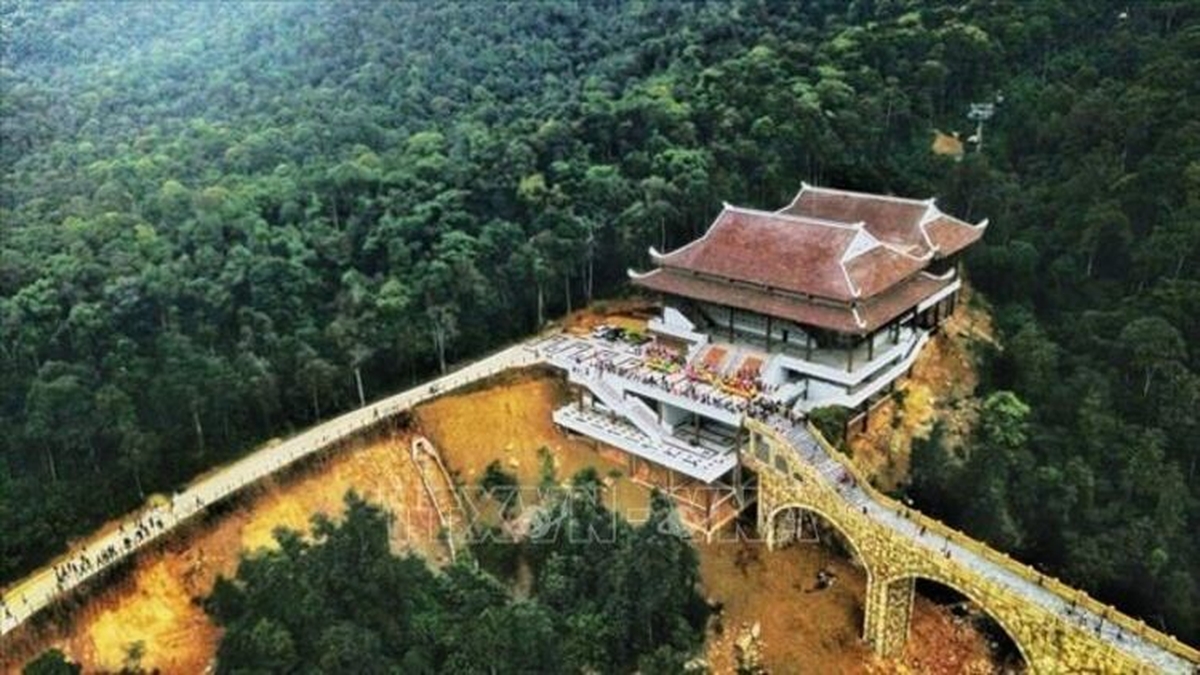




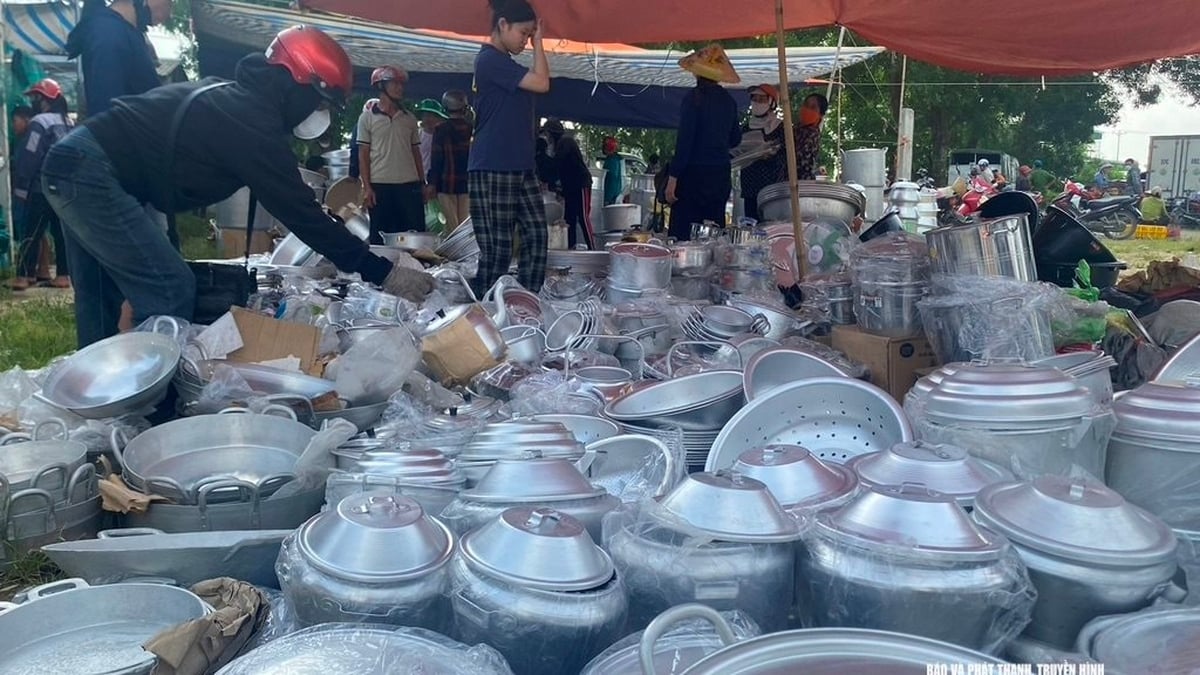

![[Infographic] Key tasks of the tourism industry in the last 6 months of 2025](https://vphoto.vietnam.vn/thumb/1200x675/vietnam/resource/IMAGE/2025/7/13/b88287195e194b449e95457db170a92b)























































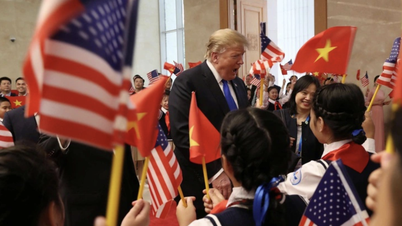
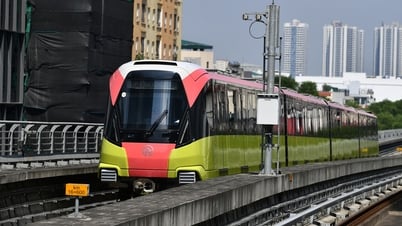


































Comment (0)